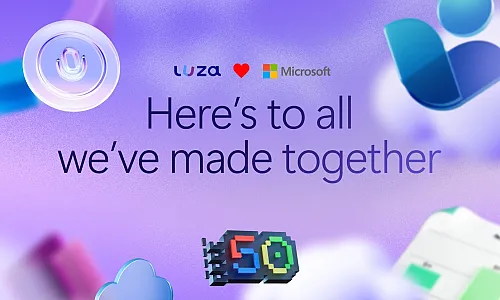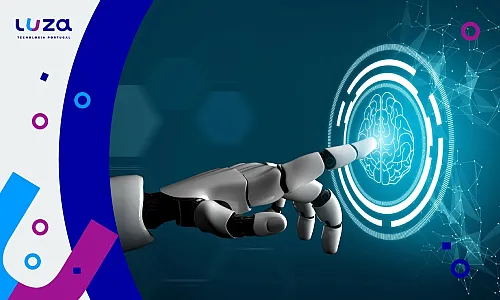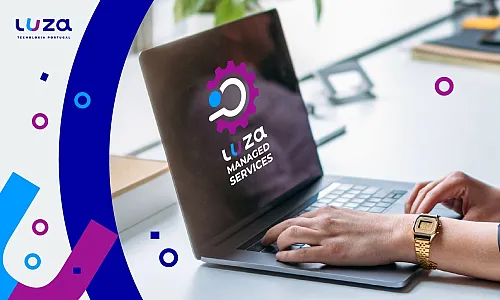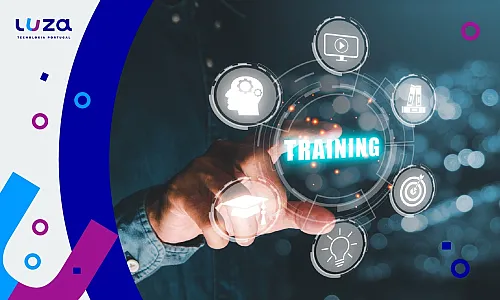Breaking Barriers: Women in the World of IT
The IT sector has long been perceived as a male-dominated field, with women often facing numerous challenges and barriers to entry and progression. Despite the challenges, women have made significant contributions to IT, demonstrating resilience, innovation, and leadership. Understanding these challenges and acknowledging the contributions is crucial in fostering a more inclusive and diverse environment that benefits everyone in the industry.
One of the biggest challenges for women in IT is the pervasive gender stereotypes and societal norms that discourage them from pursuing careers in technology. These stereotypes often manifest in the form of biases, leading to a lack of support and mentorship opportunities for women. Additionally, women in IT may experience a sense of isolation due to the underrepresentation of female colleagues, which can impact their job satisfaction and career growth.
Another significant barrier is the gender pay gap, where women in IT roles often earn less than their male counterparts for the same work. This inequality not only affects women's financial well-being but also sends a discouraging message to those considering a career in IT.
Men play a crucial role in promoting a gender-equal environment in IT. They can support their female colleagues by challenging sexist attitudes, advocating for equal pay and opportunities, and supporting initiatives aimed at increasing female participation in the sector. Mentorship programs, where experienced professionals guide and support newcomers, are particularly effective when they include men who are committed to promoting diversity and inclusion.
To stimulate more women to begin careers in IT, both proposed and current initiatives focus on education and awareness from an early age. Encouraging girls to engage with STEM subjects and providing role models in technology are key strategies. Organizations are also implementing diversity hiring practices, creating women-in-tech groups, and offering scholarships and internships specifically for women. Not to mention, there are many public initiatives, like Girls Who Code, Women in Tech and TechLadies, that are dedicated to uplifting women in tech, pushing inclusivity in the workplace and closing the diversity gap. These efforts aim to create a more welcoming environment for women and to address the gender imbalance in the field.
Women have made significant contributions to IT, from the pioneering work of Ada Lovelace, often regarded as the first computer programmer, to many contemporary leaders and innovators who have shaped the internet, developed software, and led major tech companies. Their achievements have been fundamental in advancing technology and have shown that women not only belong in IT but excel in it.
IT is an excellent area for those who enjoy a challenge. It offers the opportunity to solve complex problems, innovate, and continuously learn. For women, overcoming the barriers to entry and progression can be part of that challenge, but the rewards—both personal and professional—are significant.
Addressing the challenges women face in IT requires concerted efforts from individuals, organizations, and society as a whole. By promoting gender equality, supporting initiatives to increase female participation, and celebrating the contributions of women, we can work towards a more inclusive and diverse IT sector. This, in turn, will drive innovation, enhance problem-solving, and lead to better outcomes for the technology industry and society at large.
Happy Women’s Day to all the marvelous women out there!
by Andreia Lopes, Modern Workplace Specialist at Luza








